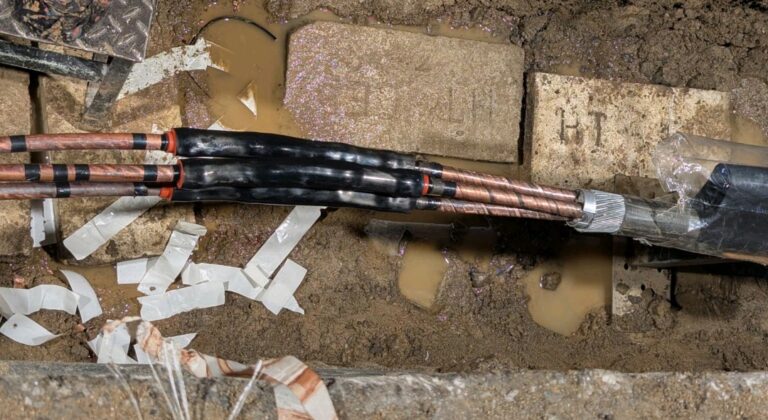Understanding Transformer Losses: Hysteresis & Eddy Current Losses, and Frequency Dependence 🔌
In transformer design, two key factors that impact efficiency are hysteresis loss and eddy current loss—both of which are directly influenced by the frequency of operation.
1. Hysteresis Loss:-
This loss occurs due to the repeated magnetization and demagnetization of the transformer core. It is directly proportional to frequency—the higher the frequency, the more cycles of magnetization per second, leading to increased energy dissipation. Using materials with low hysteresis loops, like grain-oriented steel, helps to reduce this loss.
✳️ Hysteresis Loss ∝ Frequency
2.Eddy Current Loss:-
Eddy currents are circulating currents induced in the core material by the alternating magnetic field. These losses are proportional to the square of the frequency—meaning they increase significantly with rising frequency. To counteract this, transformer cores are often laminated to minimize eddy current paths and reduce energy loss.
✳️ Eddy Current Loss ∝ Frequency²
💡 Key Insight:
At higher frequencies, both types of losses increase, with eddy current losses becoming particularly significant due to their squared dependence on frequency. For high-efficiency transformers, especially in high-frequency applications, careful attention to core materials and design is crucial to minimize these losses.
electrical and electronics engineering diary
